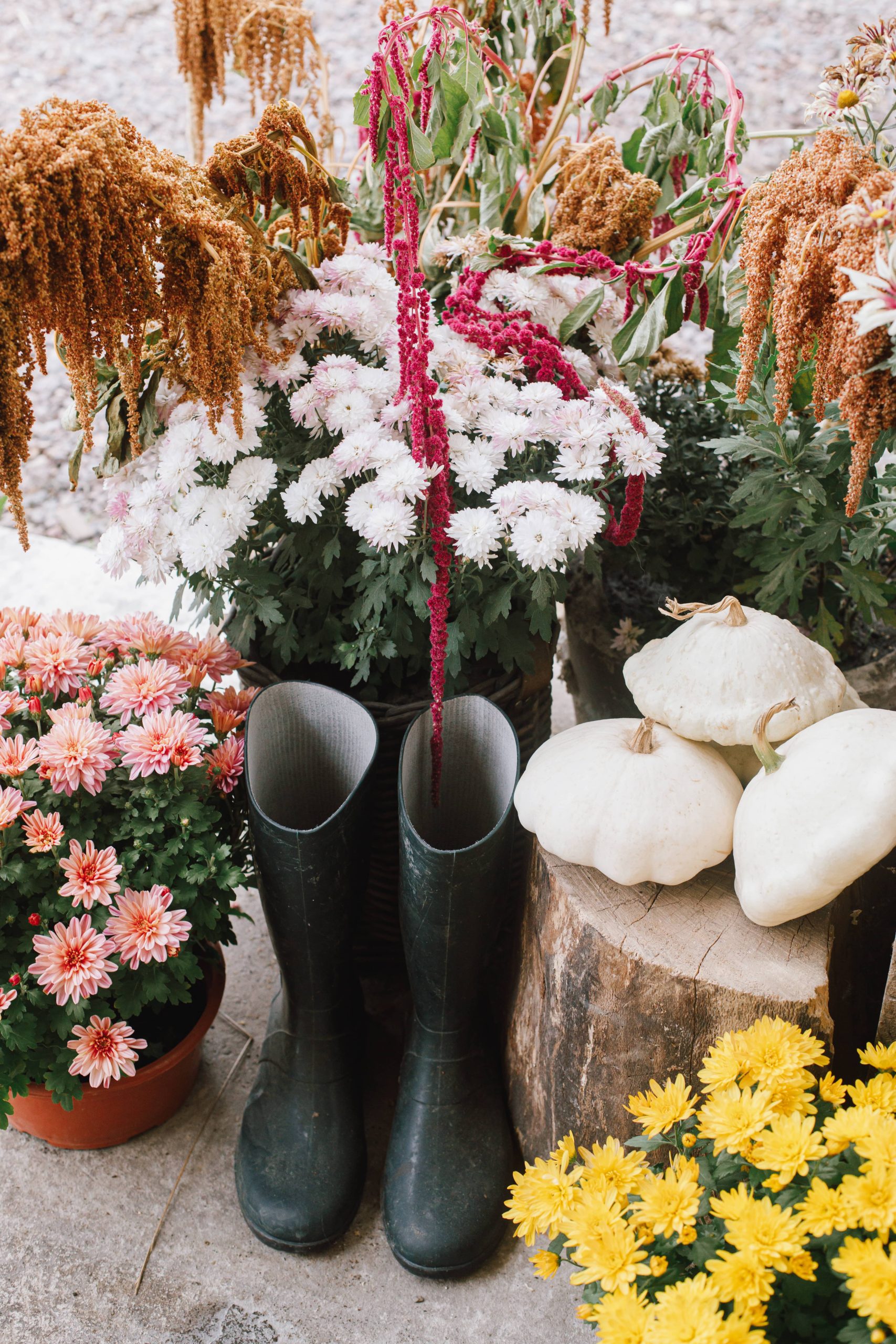
As spring approaches, gardeners around the world begin to plan their landscaping projects for the year. One of the simplest and most effective ways to enhance your garden’s health and aesthetic is by using mulch. Mulch not only adds a finishing touch to garden beds, but it also plays a crucial role in soil health, moisture retention, and weed suppression. However, with a plethora of mulching options on the market, selecting the appropriate type for your spring landscaping can be daunting. This guide will explore various mulches and help you make an informed decision that suits your garden’s needs.
The Importance of Mulching
Before diving into your options, it’s important to understand the benefits of mulching. Mulch serves three primary functions:
1. Moisture Retention: Mulch conserves soil moisture by reducing evaporation, allowing you to irrigate less frequently.
2. Weed Suppression: A layer of mulch blocks sunlight from reaching weed seeds, thus inhibiting their growth.
3. Temperature Regulation: By acting as an insulating layer, mulch keeps soil temperatures more consistent, protecting root systems from extreme temperatures.
Additional benefits include reducing soil erosion, improving soil fertility, and enhancing the appearance of garden beds.
Types of Mulch for Spring Landscaping
1. Organic Mulches
– Bark Mulch: This is a popular choice made from the bark of trees like pine, cedar, or hemlock. It’s ideal for flower beds and tree bases and is excellent for moisture retention. Pine bark mulch, for example, breaks down slowly, offering long-term benefits but it tends to acidify the soil, making it more suitable for acid-loving plants.
– Wood Chips: Often sourced from pruning and tree removal services, wood chips are a sustainable option. They break down over time to enrich the soil but need regular replenishment and can sometimes become a habitat for pests.
– Straw: Ideal for vegetable gardens, straw mulch decomposes quickly, adding valuable nutrients to the soil. Ensure the straw is weed-free to avoid introducing unwanted seeds.
– Grass Clippings: This is a readily available and cost-effective option if you’re mowing your lawn. They decompose quickly, adding nitrogen to the soil, but be cautious not to layer them too thickly to avoid a slimy mess and unpleasant odors.
2. Inorganic Mulches
– Pea Gravel: This type of mulch offers excellent drainage and is ideal for heavy rain areas or around plants that dislike sitting in wet soil. It adds a polished look to landscaping but will not decompose to contribute nutrients to the soil.
– Rubber Mulch: Made from recycled tires, rubber mulch is durable and long-lasting. It’s excellent for playgrounds and trails as it does not decompose, but it does not enrich the soil and can have a higher upfront cost.
– Plastic Mulch: Used primarily in agricultural settings, plastic mulch is effective at warming the soil and conserving moisture but is not aesthetically pleasing for home gardens. It’s a choice best reserved for vegetable patches where function trumps form.
3. Novelty Mulches
– Cocoa Hulls: A byproduct of chocolate production, cocoa hull mulch is a beautiful, nutrient-rich option with a pleasant aroma for decorative garden beds. However, they can be toxic to pets if ingested, so their use should be limited to areas inaccessible to pets.
– Compost: Using compost as mulch is an effective way to enrich soil with nutrients and organic matter while retaining moisture. It’s perfect for vegetable gardens and annual flower beds.
Factors to Consider
When selecting mulch for your spring landscaping, consider the following factors:
– Climate: In hot, dry climates, organic mulches like bark or wood chips that retain moisture are often best. In wetter environments, inorganic options like gravel can prevent waterlogging.
– Plant Type: Acid-loving plants like rhododendrons, azaleas, and blueberries thrive with pine bark, while a vegetable garden may benefit more from nutrient-rich mulches like straw or compost.
– Aesthetic Preferences: Consider how the mulch color and texture complement your overall landscape design. Natural hues from organic mulches blend seamlessly, while inorganic options like pea gravel add contrasting textures and colors.
– Maintenance: Organic mulches require periodic replenishment as they break down. In contrast, inorganic mulches offer durability but may need occasional cleaning and aesthetic updating.
– Budget: Assess your budget for mulching. Organic mulches can be sourced inexpensively or even free from local tree services or municipal waste programs. In contrast, some inorganic options, though longer-lasting, may come with a higher initial cost.
Conclusion
Selecting the appropriate mulch for your spring landscaping is a critical step in preparing your garden for a successful growing season. Whether you aim to enhance the soil, nurture your plants, or simply add a finishing touch to your garden design, there’s a mulch solution that will meet your needs. By balancing plant, climate, aesthetic, and budgetary considerations, you can find the perfect mulch to bring your spring landscape to life. Happy gardening!







